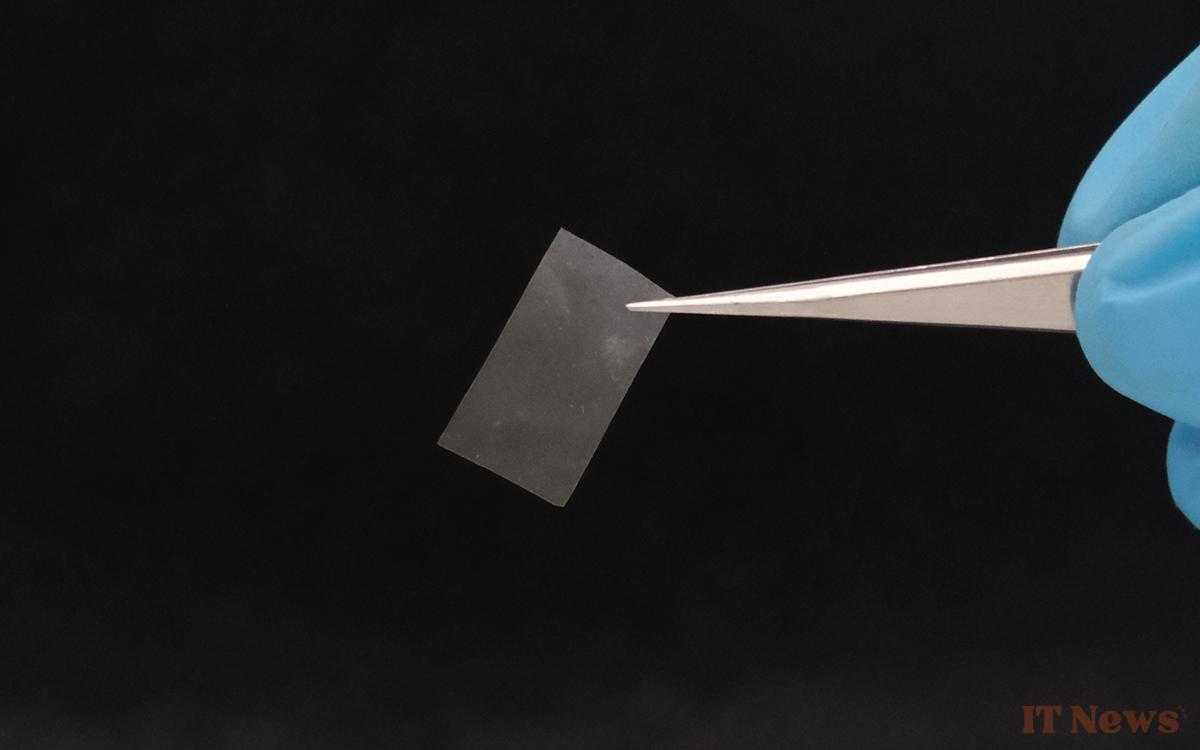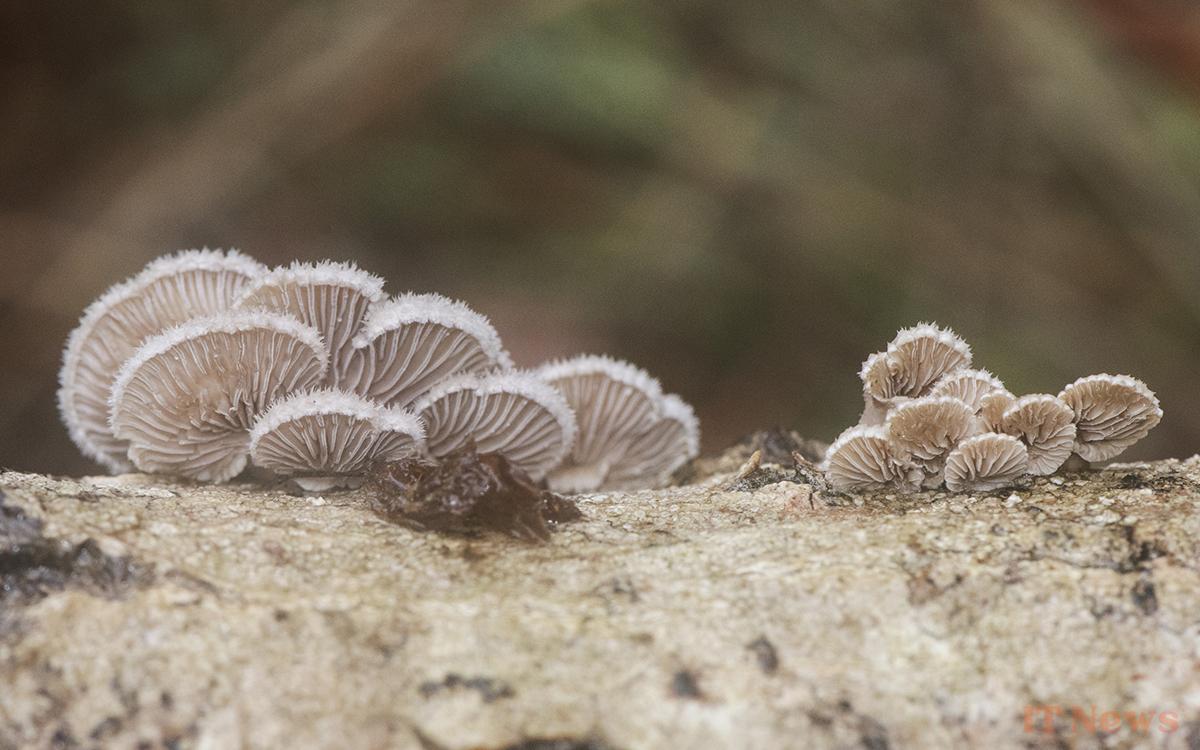Researchers have succeeded in creating a living material that could eventually replace plastic. It has multiple applications and even has the luxury of being edible.
Plastic is everywhere. It's impossible to do without it, as it's used in countless everyday objects. Yet we've long known how harmful this material is to our environment and our health. We're now seeing clinics opening that promise to purge our blood of the microplastics it contains, that's saying something. Fortunately, scientists have been looking into the issue for several years to find credible alternatives.
The one created by a team at Empa in Switzerland is, in a way, making something new out of something old. We already use natural materials in our products. A well-known example is cellulose, which is used to make paper, among other things. The problem is that, as they are, these substances aren't effective enough. They therefore have to be transformed using chemical processes that make them lose their ecological value. To break this compromise, the researchers drew inspiration from Nature.
This biodegradable living material could replace plastic, but not only that
The basis of the new material is the mycelium of a very common edible mushroom that grows on dead wood, the Schizophyllum communis. The mycelium is a bit like a root in mushrooms. Its fibers, the hyphae, are already used to create biodegradable fabrics, packaging, and even buildings. But even here, at the cost of chemical treatments. Instead, the idea is to use what the fungus naturally produces: an extracellular matrix. In short, a set of substances with different properties.
The researchers stimulated the growth of two of these substances. One is a very thin, but very long nanofiber, the other a protein that looks like soap. Now that we know all this, we wonder what it's used for. The possibilities are surprisingly numerous and several have already been successfully tested in experiments.
What could this new living material made from mushrooms be used for? Its applications are numerous.
First, the material can be used as an emulsion, a mixture of two or more liquids that normally don't mix. Milk or soy sauce are examples. Because yes: the creation of the Empa scientists is edible. Emulsions are also found in paints, varnishes, or cosmetic products. We could therefore incorporate something non-toxic to humans and biodegradable instead of the usual substances.
Next, it is possible to make a thin sheet from the mycelium. It is tear-resistant and similar to plastic, without its harmful effects. And it doesn't end there. Since the final properties of the mycelium can be controlled as it grows, this opens many doors: “Instead of compostable plastic bags for kitchen waste, we could make bags that compost organic waste themselves,” explains Ashutosh Sinha, one of the researchers.
We're also imagining biodegradable humidity sensors, the material reacting to humidity, and even "a compact and biodegradable battery whose electrodes are made of a living "mushroom paper"." We're not yet at mass production of this kind of mycelium, of course, but the first results are very encouraging. Not sure we can transform this material into diamonds like it's possible to do with plastic, but we're not going to complain.





0 Comments